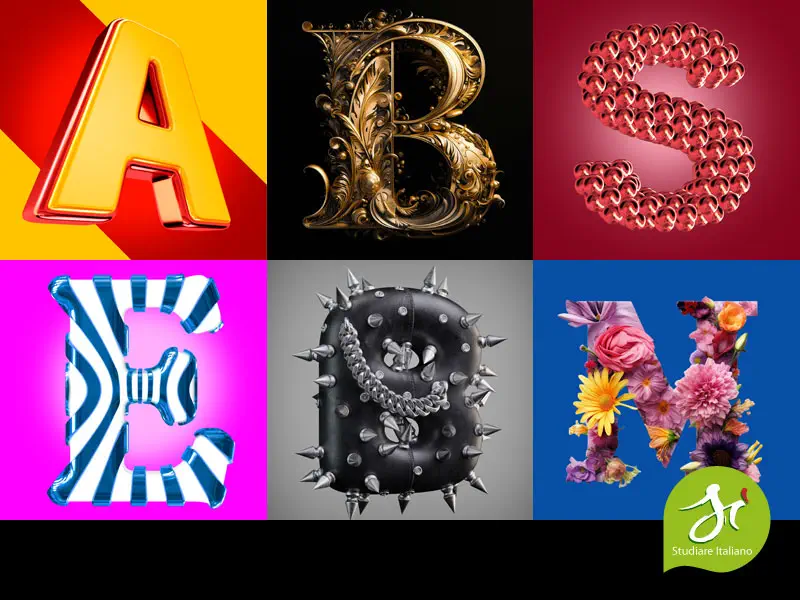Acing “Per Favore”: Courteousness in Italian Communication
When learning a new language, one of the most important aspects is understanding how to politely ask for something. The phrase equivalent to “please” in Italian is “per favore” in English.
Mastering its use is essential to communicating respectfully with Italian speakers.
The use of “Per favore” is more than just a linguistic nuance.
This plays an important role in promoting respectful communication and preventing the risk of coming across as rude or demanding.
Whether you’re looking for salt at the dinner table or getting information from a shopkeeper, including “please” makes it more of a polite request than a direct command.
What Does “Per Favore” Directly Translate To?
“Per favore” literally means “for favor” or simply “please”. It always comes before the verb in a sentence.
Example: “Puoi passarmi il sale, per favore?” (“Would you please pass me the salt?”)
Cultural Sensitivity to Requests.
In Italian culture, it is considered very rude not to say “per favore” when making a request.
Such requests can seem rude, and people are less likely to comply with rude requests.
Using “Thank you in advance” makes your question more polite.
Example “Mi passi il sale?” vs “Mi passi il sale, per favore?”
Without “per favore”, the first comes across as rudely demanding. The second is a polite request.
Universally used both formally and informally.
This expression is commonly used in Italian both formally and informally.
It means respect when talking to strangers, new acquaintances, friends, family, and elders.
“Per favore” can be applied seamlessly to a variety of interactions.
Example. “Potrebbe indicarmi la strada, per favore?” (Formal)
“Dammi una mano, per favore?” (Informal)
Importance in Service Settings.
It is important to always say “per favore” (please) when dealing with waiters, salespeople, and other service providers. This avoids the impression of entitlement and increases the likelihood that your request will be politely complied with.
Examples:
To a waiter: “Mi porti un caffè, per favore?”
To a shop assistant: “Potrebbe mostrarmi questo prodotto, per favore?”

It reflects deeper social values.
Courtesy and etiquette are very important in Italian culture.
Mastering “please” goes a long way toward respectful communication and making a good impression with locals. It is an essential part of becoming fluent.
Examples:
Elders: “Nonno, puoi raccontarmi una storia, per favore?”
Family: “Mamma, puoi aiutarmi con i compiti, per favore?”
Friends: “Andiamo al cinema insieme, per favore?”
Conclusions
Improving “per favore” is a milestone in improving your Italian.
Prioritize the practice of integrating it naturally.
This way, you will not only strengthen your language skills, but also your ability to engage meaningfully with the Italian community by demonstrating cultural sensitivity.



